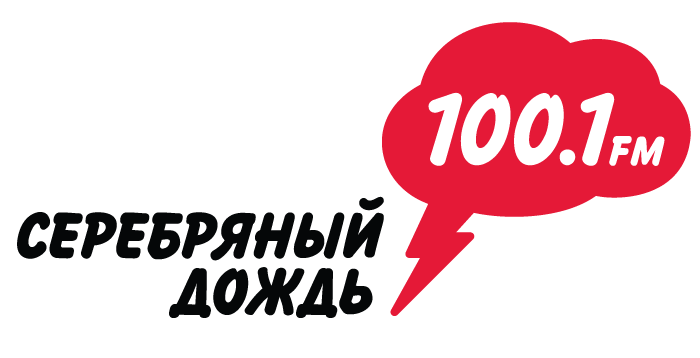Elegy
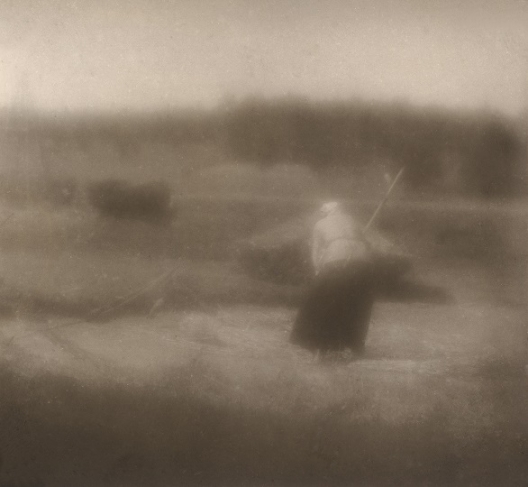
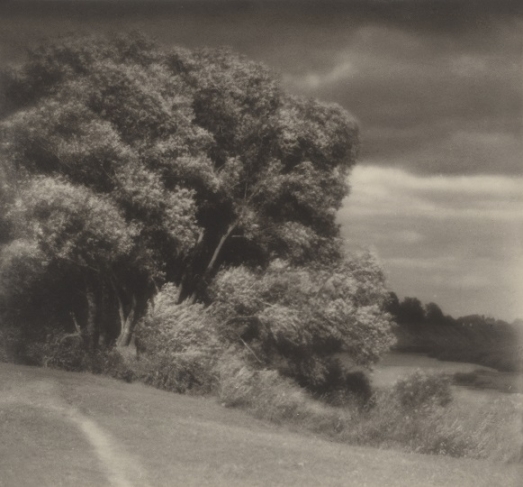
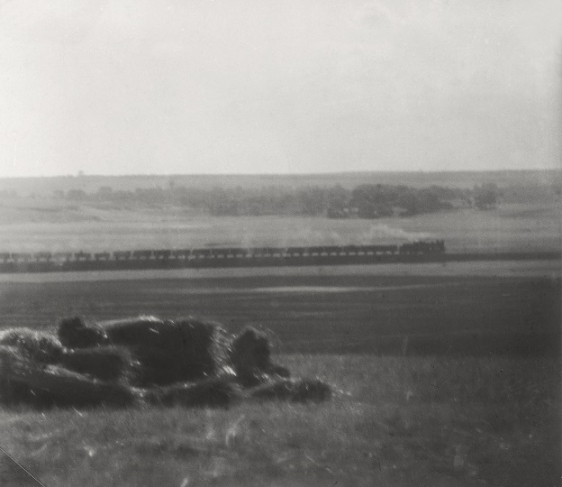
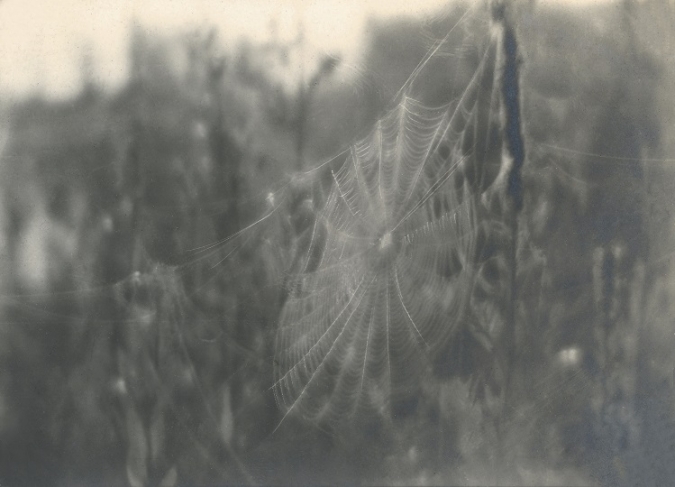
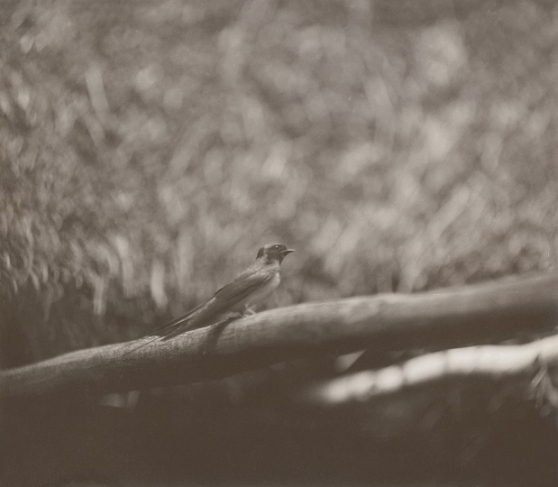
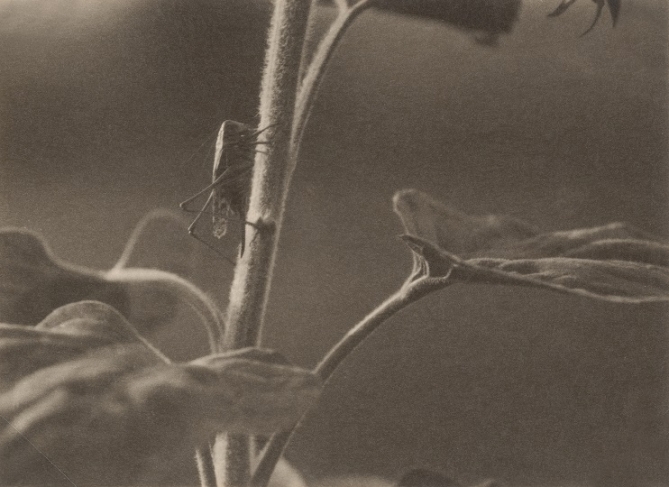
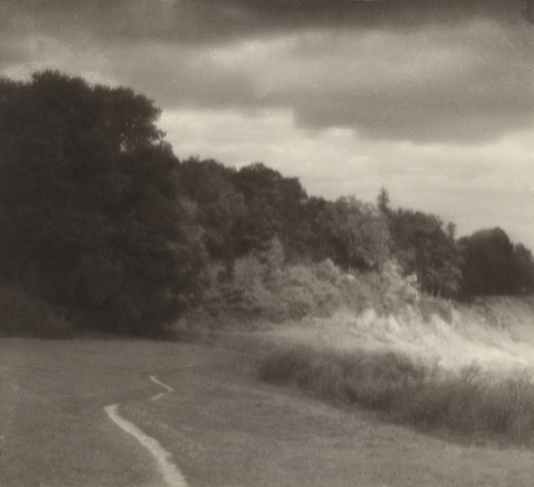
Vasily Ulitin. Untitled. 1930
Vasily Ulitin. Untitled. 1930
Vasily Ulitin. Untitled. 1930
Vasily Ulitin. Untitled. 1924
Vasily Ulitin. Untitled. 1930
Vasily Ulitin. Untitled. 1930
Vasily Ulitin. Untitled. 1930
Moscow, 13.12.2018—27.01.2019
exhibition is over
Share with friends
For the press
MOSCOW CITY DEPARTMENT OF CULTURE
MULTIMEDIA ART MUSEUM, MOSCOW
PRESENT THE EXHIBITION
VASILY ULITIN
ELEGY
Curator: Elena Misalandi
With the support of Nornikel
The Multimedia Art Museum Moscow presents an exhibition by one of the most striking representatives of Russian pictorialism, Vasily Ulitin (1888–1976).
Pictorialism as a movement arose in European and American photography in the late 19th and early 20th centuries. Members of this school tasked themselves with getting their photographic prints as close to painted canvases as possible. To that end, the photographers used soft-focus lenses, such as monocles, filters, and so-called ‘noble" printing, such as bromoil, Arabic gum and other techniques.
Pictorial photography appeared in Russia somewhat later, and works by its masters — Alexey Mazurin, Nikolay Petrov, Sergey Lobovikov — immediately won international recognition. Disappearing from the global arts arena from the mid-1910s, pictorialism lived on in Russian photography even after the October Revolution of 1917.
Its representatives — Yuri Yeremin, Alexander Grinberg, Nikolay Andreyev, Nikolay Svischov-Paola, Vasily Ulitin — unable to find a place in the new social-political environment, offered in their work, to quote Olga Sviblova, ‘a quiet resistance’ to the coming world, attempting to preserve their artistic tradition, within the framework of which they achieved success and recognition.
In these varied, very dissimilar artists, the Soviet authorities saw a threat to the ideological foundations of the state. Photographers who shot landscapes, nude models, the village way of life and portraits were accused of admiring ‘the remnants of the pre-revolutionary culture of aristocratic manors and the architecture of old Moscow’, and in the second half of the 1930s, the Russian pictorial school was broken up.
The exhibition ‘Vasily Ulitin. Elegy’ comprises 90 hard copies printed by the author. The shots were all taken within a single decade, from the beginning of the 1920s through to 1930. These ‘tidbits’ were no doubt not intended for exhibition, and were more likely to have been working materials for the photographer. Nevertheless, even these rough sketches were printed by Ulitin with the same diligence and virtuoso mastery that was employed in his major works exhibited at international salons. The range of themes is traditional for a pictorial artist: landscapes, the changing of the seasons, peasants at work, with no indications of the ‘new era’, other than the thread of a railway train in the background in one work. All of the convulsions of the 20th century — wars and revolutions — are left out of shot. Ulitin, like his fellow pictorialists, asserted his right to follow his own aesthetic and his own view of the world.
Vasily Ulitin was born in Serpukhov into the family of a bookseller. He painted from childhood onwards, at first with a local artist, Vashchenko, and then at the Studio of N. Grigoriev. In 1905, he graduated from the Moscow Commercial Institute, in 1907 from the Chemistry-Technical Institute in Kostroma, specializing as a color matcher, and in 1909 from the Prague Institute of Graphic Arts. Ulitin then joined the Moscow Engraving Shop of I. Sytin, and two years later transferred to the renowned photographic studio of Konstantin Fisher.
In 1915, Vasily Ulitin became a co-founder (together with the renowned photographers G. Trunov and N. Svischov-Paola) of the First All-Russian Professional Photographers’ Society. From 1918, he taught at the Petrogradsky Photographic Institute; from 1919, he was the photographer of the Higher Armored Vehicle and Tank School.
The 1920s were Ulitin’s most productive period as a photographer: he shot a great deal, going on expeditions to Crimea and the Russian North with masters of the pictorial school (Y. Yeremin, P. Klepikov, A. Grinberg). His works featured in international exhibitions, where they received awards — both professionals and spectators greatly valued the artist’s faultless mastery and his unfettered grasp of various techniques in photographic printing. He participated in the work of the Moscow department of the Russian Photography Society, worked in the editorial team of Photographer magazine, and wrote a great deal for that publication.
In 1931, he was invited to be a teacher at the Moscow Polygraphic Institute, teaching courses in ‘Zincography’ and ‘The Foundations of Photographic Composition’.
In 1942, Vasily Ulitin was accused of slandering the Soviet authorities and sentenced to ten years in a prison camp, which was later commuted to exile for fifteen years in Balakhna in the Gorkovskaya Oblast. He returned to Moscow in the middle of the 1950s.


